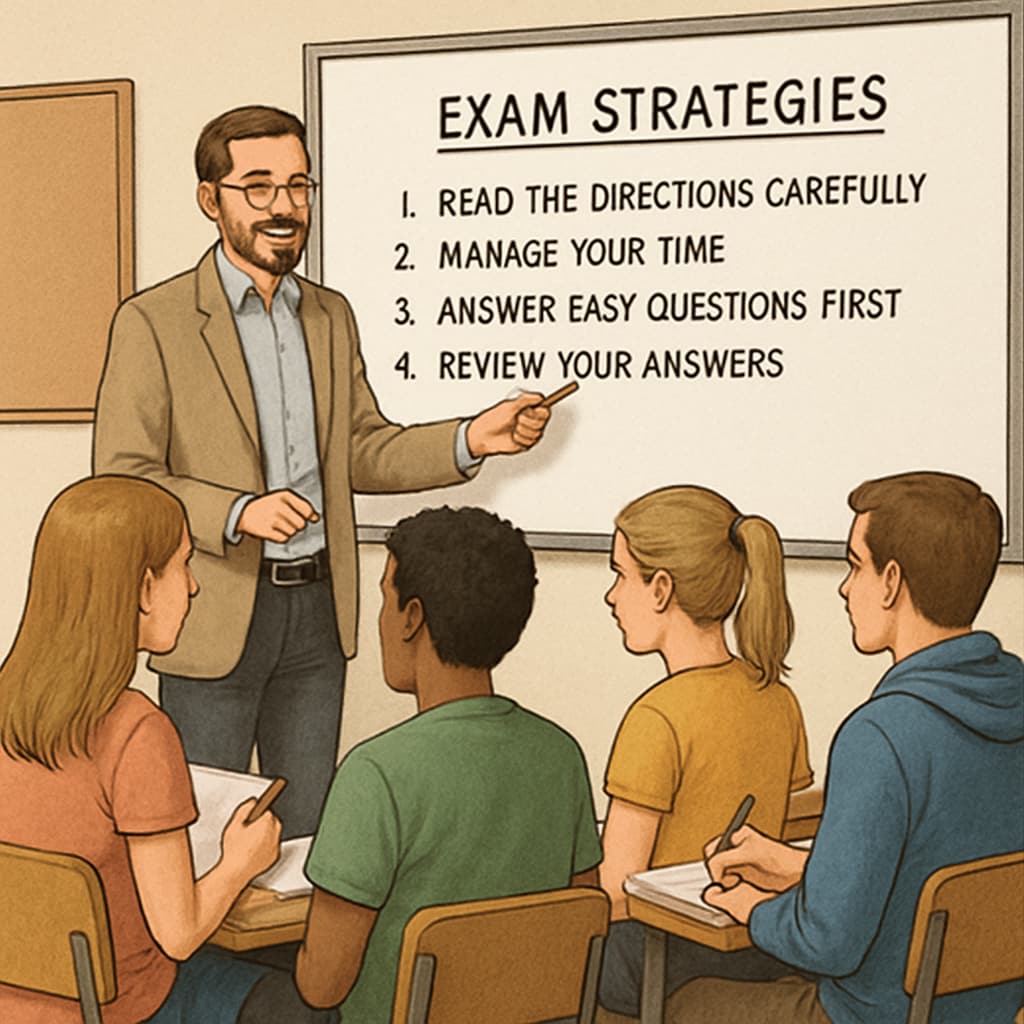Understanding text purpose is a core skill required in the Functional Skills English exam. This is particularly crucial for the reading comprehension section, where students must distinguish between texts designed to inform, explain, or persuade. Many K12 students struggle with this aspect, often feeling overwhelmed by subtle differences in language and structure. In this guide, we’ll explore systematic methods and actionable strategies to help you master this skill and confidently tackle your exams.

Why Text Purpose Matters in Functional Skills English Exams
The ability to identify the purpose of a text is not just an academic requirement; it’s a practical life skill. In the Functional Skills English exam, understanding whether a text aims to inform, explain, or persuade can guide your interpretation of the content and help you answer exam questions correctly. For example, a leaflet about recycling might aim to persuade readers to adopt eco-friendly habits, while a manual for setting up a device is purely explanatory.
Recognizing text purpose also improves critical thinking and helps students engage with real-world materials such as advertisements, instructions, and articles. This skill is particularly significant in today’s information-rich society, where we constantly interact with texts serving different purposes.
How to Systematically Identify Text Purpose
Identifying the purpose of a text doesn’t have to be a guessing game. By paying attention to specific features of the text, you can systematically determine its function. Here are key elements to focus on:
- Language: Persuasive texts often use emotional or rhetorical language, while informational texts stick to facts and data.
- Structure: Informative texts are commonly organized into clear sections or bullet points, whereas persuasive texts may use repetition and rhetorical questions.
- Audience: Consider who the text is addressing. A text aiming to persuade often targets emotions, while an explanatory text focuses on clarity and logic.
- Visuals: Pay attention to images, headings, and layouts. For instance, an advertisement might use bold fonts and eye-catching pictures to persuade.
By analyzing these aspects, you can better understand the intent behind the words. Practice identifying these features using a variety of materials, such as articles, brochures, and social media posts.
Practical Tips for Reading Comprehension Success
Now that you know what to look for, let’s turn our attention to practical strategies that can make identifying text purpose easier during exams:
- Read the Question First: Before diving into the text, review the exam question. This will help you focus on the relevant details.
- Highlight Keywords: Use a highlighter to mark words or phrases that indicate the author’s intent, such as “should,” “because,” or “therefore.”
- Don’t Overthink: Stick to the evidence in the text. Avoid projecting your own opinions onto the material.
- Practice Regularly: Use past papers and practice exercises to familiarize yourself with the exam format and question types.
In addition, manage your time wisely. Allocate enough time for each question, and don’t get stuck on one text for too long. Remember, practice improves both speed and accuracy over time.

Common Challenges and How to Overcome Them
Even with the best preparation, students often encounter common challenges when identifying text purposes. Here’s how to address them:
- Confusing Similar Texts: If two texts seem similar, focus on the tone and structure. For example, an article explaining a process will use step-by-step instructions, while a persuasive article will appeal to emotions.
- Time Pressure: Time management is crucial during exams. Practice skimming techniques to quickly capture the main idea of a text.
- Vocabulary Issues: If unfamiliar words confuse you, try to infer their meaning from the context. Additionally, make a habit of expanding your vocabulary during your study sessions.
Remember, it’s okay to make mistakes during practice. Each mistake is an opportunity to learn and refine your approach.
Final Thoughts: Building Confidence
Identifying text purposes in the Functional Skills English exam might seem daunting at first, but with consistent practice and the right strategies, you can improve significantly. Focus on understanding language, structure, and audience intent. Use practice materials to build familiarity with different text types, and don’t hesitate to seek help from teachers or peers if needed.
By mastering this essential skill, you’ll not only perform better in exams but also enhance your overall reading comprehension abilities—a benefit that extends far beyond the classroom.
Good luck, and remember: preparation and practice are your keys to success!


